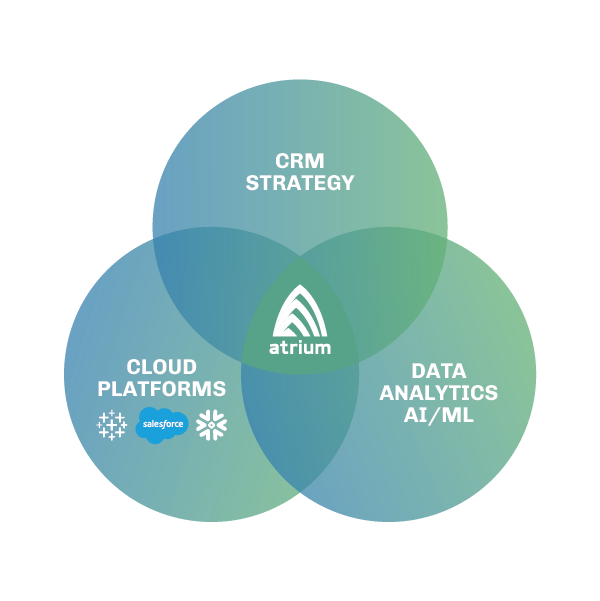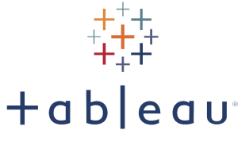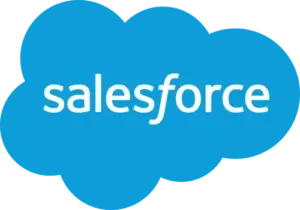Make the move to Tableau Cloud and transform the analytics experience for your organization.
If you’re considering a migration to Tableau Cloud, you likely already know some of the benefits — a reduced total cost of ownership, high availability, security, and an always up-to-date platform that allows you to focus on driving insights rather than managing your infrastructure. Plus, you get access to features available exclusively on Tableau Cloud, such as Tableau Pulse and Einstein Copilot for Tableau.
So how then do you accomplish the move from Tableau Server? With Atrium’s Tableau Cloud migration services, we’ll not only help with the technical aspects of your migration but also help you optimize your instance for the future and take advantage of all your new features.
Getting started with a migration to Tableau Cloud can seem overwhelming, so we’ve developed a plan for making it happen with ease while also enabling new capabilities and scalability for your business.
Before we start with the migration, we do an assessment that identifies overall health and possible issues affecting performance, governance, or adoption that we will need to address.
During this stage of the migration, we evaluate the content, subscriptions, alerts, schedules, etc., and determine what will or won’t be migrated and whether any redesign or consolidation is necessary.
Prepare the on-prem environment to support Tableau Cloud as necessary, including installation and configuration of Tableau Bridge, URL redirects, user management documentation, etc.
We’ll leverage automated migration tools like CMT and the SDK to move your content, including projects, some workbooks, and published data sources.
Build out new features in parallel with the content and manual migrations of unchanging workbooks. Take advantage of the new platform to use features not available on Tableau Server.
Set up your organization for success and enable self service analytics. Leverage the migration as a fresh start to build out the governance you need for your analytics platform.
Tableau Pulse represents the next generation of Tableau functionality, enabling a universal analytics experience for users of all abilities, backgrounds, and seniority. Available for free with all Tableau Cloud editions, Tableau Pulse allows you to embed insights in the places your team works, increasing the value of your data and helping drive intelligent action. Learn how we can help you set up Tableau Pulse as you migrate to Tableau Cloud.
As a trusted Tableau partner with a focus on CRM, data, and AI, Atrium can help you make your move to Tableau Cloud more than just a technical migration. Just like moving from one house to another presents an opportunity to reduce clutter and get rid of items you don’t need, moving from Tableau Server to Tableau Cloud presents an opportunity to fix issues with your original setup and change the way you do things.
From your licensing strategy to analytics dashboards to user adoption, we’ll help you maximize the value of your new platform and take advantage of your new features. We’ll also help you move further down the data and analytics maturity curve by creating a modern data architecture and enabling you with AI/ML to deliver predictive/prescriptive insights from Tableau.


As Salesforce platform consulting and technical experts, we combine CRM strategy, data science, and extensive Tableau implementation expertise to drive results on the Tableau platform.

Right place, right time. As certified Salesforce consulting pros and certified Tableau experts, we enable customers to visualize and surface insights in the systems where users actually work... in addition to providing best practices on both platforms.

Combining data sources? Our certified and experienced Snowflake consultants (i.e., SnowPros) — combined with our deep data science expertise and Tableau implementation capabilities — enable customers to use and optimize the power and flexibility of Snowflake’s Data Cloud for all their data needs.

It takes an expert approach to MuleSoft and the Salesforce platform to get you where you need to go with integrating data from any system, as well as delivering personalized, scalable, and relevant customer experiences.

With insights surfaced in Slack, teams can share and take action on high-priority, real-time information from Salesforce, Tableau, and other apps and systems without having to click away.
© Atrium. All Rights Reserved | Privacy Policy